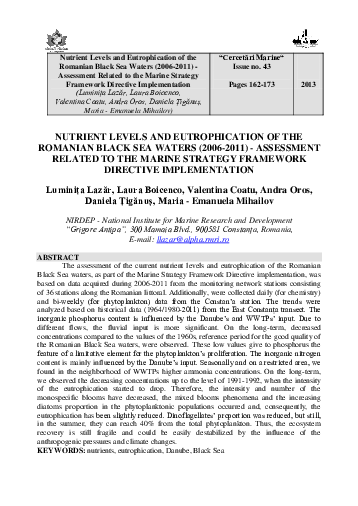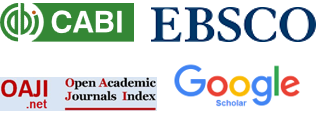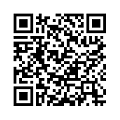Nutrient Levels and Eutrophication of the Romanian Black Sea Waters (2006-2011) - Assessment Related to the Marine Strategy Framework Directive Implementation
DOI:
https://doi.org/10.55268/CM.2013.43.162Keywords:
nutrients, eutrophication, Danube, Black SeaAbstract
The assessment of the current nutrient levels and eutrophication of the Romanian Black Sea waters, as part of the Marine Strategy Framework Directive implementation, was based on data acquired during 2006-2011 from the monitoring network stations consisting of 36 stations along the Romanian littoral. Additionally, were collected daily (for chemistry) and bi-weekly (for phytoplankton) data from the Constan’a station. The trends were analyzed based on historical data (1964/1980-2011) from the East Constanța transect. The inorganic phosphorus content is influenced by the Danube’s and WWTPs’ input. Due to different flows, the fluvial input is more significant. On the long-term, decreased concentrations compared to the values of the 1960s, reference period for the good quality of the Romanian Black Sea waters, were observed. These low values give to phosphorus the feature of a limitative element for the phytoplankton’s proliferation. The inorganic nitrogen content is mainly influenced by the Danube’s input. Seasonally and on a restricted area, we found in the neighborhood of WWTPs higher ammonia concentrations. On the long-term, we observed the decreasing concentrations up to the level of 1991-1992, when the intensity of the eutrophication started to drop. Therefore, the intensity and number of the monospecific blooms have decreased, the mixed blooms phenomena and the increasing diatoms proportion in the phytoplanktonic populations occurred and, consequently, the eutrophication has been slightly reduced. Dinoflagellates’ proportion was reduced, but still, in the summer, they can reach 40% from the total phytoplankton. Thus, the ecosystem recovery is still fragile and could be easily destabilized by the influence of the anthropogenic pressures and climate changes.
Downloads
Published
2013-12-20
How to Cite
Lazăr, L., Boicenco, L., Coatu, V., Oros, A., Țigănuș, D., & Mihailov, M.-E. (2013). Nutrient Levels and Eutrophication of the
Romanian Black Sea Waters (2006-2011) -
Assessment Related to the Marine Strategy
Framework Directive Implementation . Cercetări Marine - Recherches Marines, 43(1), 162–173. https://doi.org/10.55268/CM.2013.43.162
Issue
Section
ORIGINAL ARTICLES
License
This is an open access journal, which means that all content is freely available without charge to the user or his/her institution. Users are allowed to read, download, copy, distribute, print, search, or link to the full texts of the articles, or use them for any other lawful purpose, without asking prior permission from the publisher or the author. This is in accordance with the BOAI definition of open access.






